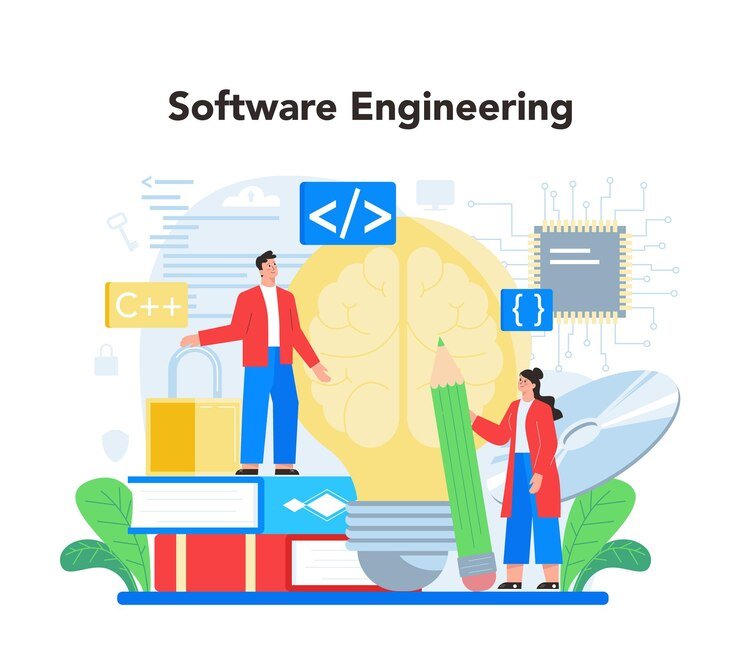How Much Time Is Needed to Learn Data Science?
Data science is one of the most exciting and in-demand careers today. From predicting trends to helping companies make better decisions, data scientists play a big role in our data-driven world. But many people wonder, how long does it take to learn data science?
Image description
The answer depends on a few things—your background, how much time you can commit, and what level you want to reach.
If You’re Starting from Scratch
If you’re completely new—no coding, no math background—learning data science may take about 12 to 18 months. This includes learning Python or R, basic statistics, data visualization, and machine learning. You’d also need to understand how to work with data using tools like Pandas, NumPy, and SQL.
If you want to advance your career at the Data Science Course in chennai, you need to take a systematic approach and join up for a course that best suits your interests and will greatly expand your learning path.
Spending 10–15 hours a week studying can help you reach a beginner-to-intermediate level within a year.
If you already know programming or statistics, you can learn faster. Many people with a tech background can pick up data science in 6 to 9 months, especially if they focus on real-world projects and hands-on practice.
Key Areas to Learn
To become a data scientist, you'll need to cover topics such as
Programming: Usually Python or R
Math & Statistics: For understanding patterns and building models
Data Analysis: Using tools like Excel, Pandas, and SQL
Machine Learning: Algorithms like decision trees and regression
Data Visualization: Tools like Matplotlib, Seaborn, or Tableau
Image description
With the aid of Best Online Training & Placement programs, which offer comprehensive training and job placement support to anyone looking to develop their talents, it’s easier to learn this tool and advance your career.
Learning Paths
There are many ways to learn data science:
Online Courses: Websites like Coursera, edX, and Udemy
Bootcamps: Fast-paced programs (3–6 months full-time)
University Degrees: More in-depth but takes 2–4 year
Self-study: Flexible, but requires discipline
Final Thoughts
Learning data science is a journey, not a race. It can take anywhere from 6 months to 2 years, depending on your pace. The best way to speed up your learning is to build projects, join communities, and stay curious.
So don’t worry about how long it takes. Focus on steady progress, and you’ll get there before you know it!
Data science is one of the most exciting and in-demand careers today. From predicting trends to helping companies make better decisions, data scientists play a big role in our data-driven world. But many people wonder, how long does it take to learn data science?
Image description
The answer depends on a few things—your background, how much time you can commit, and what level you want to reach.
If You’re Starting from Scratch
If you’re completely new—no coding, no math background—learning data science may take about 12 to 18 months. This includes learning Python or R, basic statistics, data visualization, and machine learning. You’d also need to understand how to work with data using tools like Pandas, NumPy, and SQL.
If you want to advance your career at the Data Science Course in chennai, you need to take a systematic approach and join up for a course that best suits your interests and will greatly expand your learning path.
Spending 10–15 hours a week studying can help you reach a beginner-to-intermediate level within a year.
If you already know programming or statistics, you can learn faster. Many people with a tech background can pick up data science in 6 to 9 months, especially if they focus on real-world projects and hands-on practice.
Key Areas to Learn
To become a data scientist, you'll need to cover topics such as
Programming: Usually Python or R
Math & Statistics: For understanding patterns and building models
Data Analysis: Using tools like Excel, Pandas, and SQL
Machine Learning: Algorithms like decision trees and regression
Data Visualization: Tools like Matplotlib, Seaborn, or Tableau
Image description
With the aid of Best Online Training & Placement programs, which offer comprehensive training and job placement support to anyone looking to develop their talents, it’s easier to learn this tool and advance your career.
Learning Paths
There are many ways to learn data science:
Online Courses: Websites like Coursera, edX, and Udemy
Bootcamps: Fast-paced programs (3–6 months full-time)
University Degrees: More in-depth but takes 2–4 year
Self-study: Flexible, but requires discipline
Final Thoughts
Learning data science is a journey, not a race. It can take anywhere from 6 months to 2 years, depending on your pace. The best way to speed up your learning is to build projects, join communities, and stay curious.
So don’t worry about how long it takes. Focus on steady progress, and you’ll get there before you know it!
How Much Time Is Needed to Learn Data Science?
Data science is one of the most exciting and in-demand careers today. From predicting trends to helping companies make better decisions, data scientists play a big role in our data-driven world. But many people wonder, how long does it take to learn data science?
Image description
The answer depends on a few things—your background, how much time you can commit, and what level you want to reach.
If You’re Starting from Scratch
If you’re completely new—no coding, no math background—learning data science may take about 12 to 18 months. This includes learning Python or R, basic statistics, data visualization, and machine learning. You’d also need to understand how to work with data using tools like Pandas, NumPy, and SQL.
If you want to advance your career at the Data Science Course in chennai, you need to take a systematic approach and join up for a course that best suits your interests and will greatly expand your learning path.
Spending 10–15 hours a week studying can help you reach a beginner-to-intermediate level within a year.
If you already know programming or statistics, you can learn faster. Many people with a tech background can pick up data science in 6 to 9 months, especially if they focus on real-world projects and hands-on practice.
Key Areas to Learn
To become a data scientist, you'll need to cover topics such as
Programming: Usually Python or R
Math & Statistics: For understanding patterns and building models
Data Analysis: Using tools like Excel, Pandas, and SQL
Machine Learning: Algorithms like decision trees and regression
Data Visualization: Tools like Matplotlib, Seaborn, or Tableau
Image description
With the aid of Best Online Training & Placement programs, which offer comprehensive training and job placement support to anyone looking to develop their talents, it’s easier to learn this tool and advance your career.
Learning Paths
There are many ways to learn data science:
Online Courses: Websites like Coursera, edX, and Udemy
Bootcamps: Fast-paced programs (3–6 months full-time)
University Degrees: More in-depth but takes 2–4 year
Self-study: Flexible, but requires discipline
Final Thoughts
Learning data science is a journey, not a race. It can take anywhere from 6 months to 2 years, depending on your pace. The best way to speed up your learning is to build projects, join communities, and stay curious.
So don’t worry about how long it takes. Focus on steady progress, and you’ll get there before you know it!
0 Comentários
0 Compartilhamentos
1KB Visualizações
0 Anterior







